When it comes to fast, effective, and muscle-sculpting routines, a HIIT chest workout hits all the right spots. This hybrid approach combines the explosive energy of high-intensity interval training with targeted chest exercises, giving you a session that torches calories, ignites muscle growth, and improves endurance—all at once. Whether you’re short on time, stuck in a plateau, or looking to spice up your push day, HIIT training offers a dynamic path to real results.
In this guide, we’ll explore the structure, benefits, and execution of a powerful hiit chest workout that anyone can do—whether you’re in the gym or working out from home.
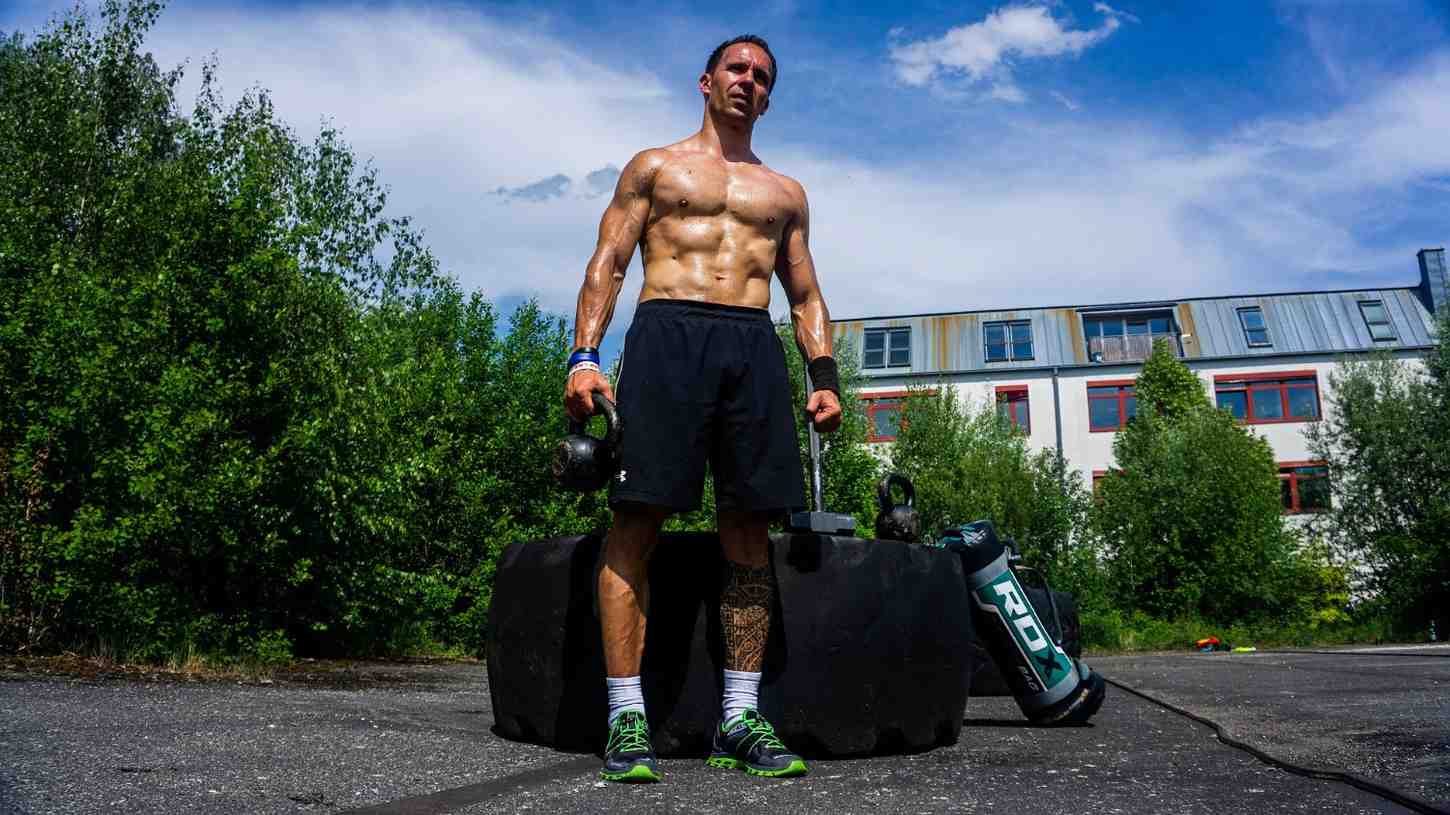
What Is a HIIT Chest Workout?
A HIIT chest workout fuses strength-based chest movements with cardio intervals. It typically includes short, intense bursts of activity followed by brief periods of rest or low-intensity exercise. The aim is to maintain an elevated heart rate, burning fat while engaging chest muscles deeply.
Unlike traditional strength workouts where you lift heavy with long rest breaks, HIIT maximizes metabolic output and keeps the body in a fat-burning state for hours post-workout.
Why Choose a HIIT Chest Workout Over Traditional Training?
1. Time-Efficient and Effective
Most HIIT workouts last between 15 and 30 minutes—yet they deliver results comparable to or better than long-duration training. A hiit chest workout not only targets your pectorals but also gives you a cardiovascular push that burns fat.
2. Ideal for Fat Loss and Muscle Definition
This workout strategy activates fast-twitch muscle fibers and boosts post-workout calorie burn. The result? Defined pecs and a leaner upper body, without spending hours bench pressing.
3. Great for All Levels
Whether you’re a beginner or a seasoned lifter, HIIT can be tailored to your fitness level. You can use bodyweight or add resistance like dumbbells or push-up handles.
Anatomy of the Chest: What You’re Targeting
To maximize your hiit chest workout, it’s crucial to understand the key muscles you’ll be hitting:
-
Pectoralis Major: The large chest muscle responsible for pushing movements.
-
Pectoralis Minor: The smaller muscle beneath the major that helps with shoulder stability.
-
Anterior Deltoids & Triceps: These assist in pressing and are heavily engaged during chest work.
Effective HIIT routines target all areas of the chest with variety—flat, incline, decline angles—ensuring balanced development.
Sample HIIT Chest Workout Routines for Every Level
Each hiit chest workout here includes 30–45 second work intervals, 15–30 second rests, and 3–5 rounds per session. Modify based on your fitness level.
Beginner HIIT Chest Workout Routine
If you’re just starting out, bodyweight exercises and simple movement patterns will help you build a solid foundation.
H3: Circuit (Repeat 3–4 Rounds)
-
Incline Push-ups (30 sec) – Targets upper chest. Use a chair or bench.
-
Jumping Jacks (30 sec) – Gets heart rate up.
-
Wide-Grip Knee Push-ups (30 sec) – Hits outer chest.
-
High Knees (30 sec) – Keeps the cardio intensity high.
-
Wall Push-ups (30 sec) – A gentler push-up variation for beginners.
Rest: 30 seconds between exercises, 1 minute between rounds.
Tip: Focus on form before intensity.
Intermediate HIIT Chest Workout Routine
Now that you’ve built strength, let’s add dynamic moves and reduce rest.
Circuit (Repeat 4–5 Rounds)
-
Standard Push-ups (45 sec)
-
Wide Push-ups (30 sec) – Builds width across chest.
-
Mountain Climbers (30 sec) – Engages core and burns fat.
-
Plyometric Push-ups (30 sec) – Explosive power booster.
-
Burpees (30 sec) – Full-body metabolic finisher.
Rest: 15–20 seconds between exercises, 30–45 seconds between rounds.
Advanced HIIT Chest Workout Routine
This hiit chest workout circuit is designed to challenge even experienced athletes.
Circuit (Repeat 5 Rounds)
-
Clap Push-ups (30 sec) – Builds power and fast-twitch response.
-
Feet-Elevated Push-ups (30 sec) – Greater load on upper chest.
-
Spiderman Push-ups (30 sec) – Works core with chest.
-
Push-up to Shoulder Tap (30 sec) – Adds stabilization.
-
Burpees with Push-up (45 sec) – Brutal but effective.
Rest: 15 seconds between movements, 1 minute between rounds.
🔥 Don’t forget to stretch post-workout to aid recovery.
At-Home HIIT Chest Workout – No Equipment Needed
Stuck at home? This hiit chest workout can be done anywhere with zero equipment.
Home Bodyweight Circuit (Repeat 4 Rounds)
-
Push-ups (30 sec)
-
Chair Dips (30 sec)
-
Incline Push-ups (30 sec)
-
High Knees (30 sec)
-
Burpees (30 sec)
Tip: Use a towel or sliders to mimic chest flys on a hard floor.
Weekly HIIT Chest Workout Split
Structure your workouts smartly to avoid overtraining and keep your chest progressing.
| Day | Workout |
|---|---|
| Monday | Beginner/Bodyweight HIIT Chest |
| Wednesday | Intermediate HIIT + Core |
| Friday | Advanced HIIT Chest + Shoulders |
| Sunday | Chest HIIT Active Recovery (Light) |
Alternate days should include leg and back-focused workouts to ensure total-body training.
Warm-Up and Cool Down: Don’t Skip It
Pre-HIIT Warm-Up (5 Minutes)
-
Arm circles (30 sec)
-
Shoulder rolls (30 sec)
-
Push-up walkouts (1 min)
-
Jumping jacks (1 min)
-
Dynamic chest stretch (2 min)
Post-HIIT Cool Down (5–7 Minutes)
-
Static chest stretch against wall
-
Triceps stretch
-
Forward shoulder rolls
-
Deep breathing
Stretching prevents injury and improves recovery for your next hiit chest workout.
Nutrition to Maximize HIIT Chest Gains
Fuel is just as important as training.
Before Your Workout
-
Greek yogurt + fruit
-
Oats + protein powder
-
Banana + peanut butter
After Your Workout
-
Whey protein shake
-
Grilled chicken + brown rice
-
Eggs + sweet potato
Hydration: Drink 2–3L of water per day, especially post-HIIT.
Common Mistakes to Avoid
Even with the best plan, missteps can limit your progress.
Doing Too Much, Too Soon
Start slow and increase intensity over weeks.
Skipping Rest Periods
Recovery is where growth happens. Don’t train chest every day.
Ignoring Form
Fatigue can lead to sloppy push-ups—compromise form and risk injury.
Not Tracking Progress
Write down reps, sets, and how you feel. Small improvements = big gains over time.
How to Add Resistance to Your HIIT Chest Workout
To keep seeing results, progressive overload is key.
H3: Ways to Increase Resistance
-
Weighted vest
-
Resistance bands
-
Slower tempo reps
-
Pause push-ups (hold at bottom)
-
Add explosive power (plyo)
Don’t let your body get too comfortable. Keep it guessing.
Real-Life HIIT Chest Workout Example (Gym Version)
Want something structured? Here’s a gym-based routine using minimal equipment:
H3: Equipment: Dumbbells, Bench (Optional)
-
Flat Dumbbell Press (45 sec)
-
Push-ups (30 sec)
-
Mountain Climbers (30 sec)
-
Incline Dumbbell Fly (45 sec)
-
Burpees (30 sec)
Repeat for 4–5 rounds with 15–30 sec rest between exercises.
Why a HIIT Chest Workout Is Perfect for Fat Loss
-
High intensity = more fat burned during and after workout
-
Short rest = keeps metabolism high
-
Compound moves = full-body engagement
-
Time-efficient = consistent adherence
Unlike isolated chest days, hiit chest workout routines keep your whole system engaged, making them ideal for cutting phases or lean bulking.
Tips for an Effective HIIT Chest Session
-
Focus on form over reps
-
Keep sessions between 20–30 minutes max
-
Integrate new variations every 2 weeks
-
Pair with proper diet + sleep
-
Use a fitness tracker to monitor progress
Conclusion
Whether you’re looking to build a chiseled chest or simply want a more exciting and time-efficient way to train, a hiit chest workout is the answer. It’s versatile, challenging, and perfect for anyone looking to get leaner, stronger, and healthier—all without spending hours in the gym.
By integrating high-intensity intervals with focused chest exercises, you’ll not only accelerate fat loss but also gain impressive upper body strength and definition. The key lies in consistency, intensity, and progressive overload. Keep challenging yourself, switch up your routines, and trust the process.
FAQs
Is HIIT good for chest development?
Absolutely. A properly structured hiit chest workout is not only effective for fat burning and cardiovascular conditioning but also highly efficient in building and defining the chest muscles. Because HIIT alternates intense strength-focused movements with active rest or cardio bursts, your chest is constantly challenged.
Movements like plyometric push-ups, incline push-ups, and push-up to shoulder taps put your chest through explosive and time-under-tension phases, stimulating hypertrophy (muscle growth). Additionally, the intensity of HIIT increases EPOC (Excess Post-Exercise Oxygen Consumption), meaning your body keeps burning calories—and using muscle-repairing nutrients—even after the session is over.
If your goal is to develop a lean, muscular, and well-shaped chest, incorporating HIIT-style workouts into your weekly training plan can help you achieve that faster than traditional methods alone.
Can I do this workout every day?
Not recommended. While a hiit chest workout is incredibly effective, performing it daily can do more harm than good. High-intensity interval training places significant stress on both your muscles and central nervous system. Overdoing it can lead to burnout, muscle fatigue, joint strain, and even injuries.
Ideally, limit your HIIT chest sessions to 2 to 3 times per week, giving your muscles adequate time to recover, repair, and grow. Use the off-days to focus on other body parts like legs or back, or engage in light cardio or mobility work to keep your body active without overwhelming your recovery systems.
Muscle growth happens during rest—not while training. Respect your body’s need for recovery, and you’ll see better results over time.
What’s the best time to do a HIIT chest workout?
There’s no one-size-fits-all answer, but most people benefit most from working out when energy levels are high. For many, that’s in the morning or early evening. Training in the morning can kickstart your metabolism for the day, boost mood through endorphin release, and keep you focused.
Evening sessions can also be powerful if you’ve had time to fuel up throughout the day and decompress from work. The key is to choose a time where:
-
You’re well-fueled and hydrated
-
You have at least 30 minutes of uninterrupted focus
-
Your stress levels are manageable
Whatever time you choose, consistency matters more than timing. If you can stick to a regular schedule, your body will adapt, and your hiit chest workout will feel increasingly effective.
Do I need equipment for a good HIIT chest workout?
Not at all. One of the best parts about a hiit chest workout is that you can do it almost anywhere with zero equipment. Your body is already the ultimate resistance tool. Exercises like standard push-ups, wide push-ups, plyometric push-ups, burpees, and incline push-ups (using stairs or furniture) can deliver incredible results.
That said, if you do have access to equipment, it can help add variety, resistance, and challenge to your routine. For example:
-
Push-up handles allow deeper range of motion
-
Weighted vests increase load and muscle activation
-
Resistance bands help with tempo control and time under tension
-
Dumbbells or kettlebells open up possibilities for pressing, flys, and explosive movements
But remember: intensity and consistency matter more than gear. If you bring focus and effort, even a minimalist workout can help you build a bigger, stronger chest.
How long before I see results from a HIIT chest workout?
Results vary based on your starting point, consistency, and nutrition, but most people begin to notice changes in 3 to 4 weeks. In the first week or two, you might feel more soreness and fatigue—this is a good sign that your muscles are responding to new stimulus.
By weeks 3–4, you may see:
-
Improved chest definition
-
Increased upper body strength
-
Reduced body fat (especially with clean eating)
-
Better cardio endurance
-
Elevated energy levels throughout the day
For faster and more visible results:
-
Stick to 2–3 HIIT chest sessions weekly
-
Prioritize high-quality protein in your meals for recovery
-
Stay hydrated and well-rested
-
Track your reps, sets, or performance to monitor progress

 Fitness tips for busy moms at home
Fitness tips for busy moms at home  Beginner fitness plan without equipment
Beginner fitness plan without equipment  The Best Fitness Routine for Beginners at Home: Your 4-Week
The Best Fitness Routine for Beginners at Home: Your 4-Week  Fitness Center vs Gym: Choosing Your Best Workout Fit
Fitness Center vs Gym: Choosing Your Best Workout Fit 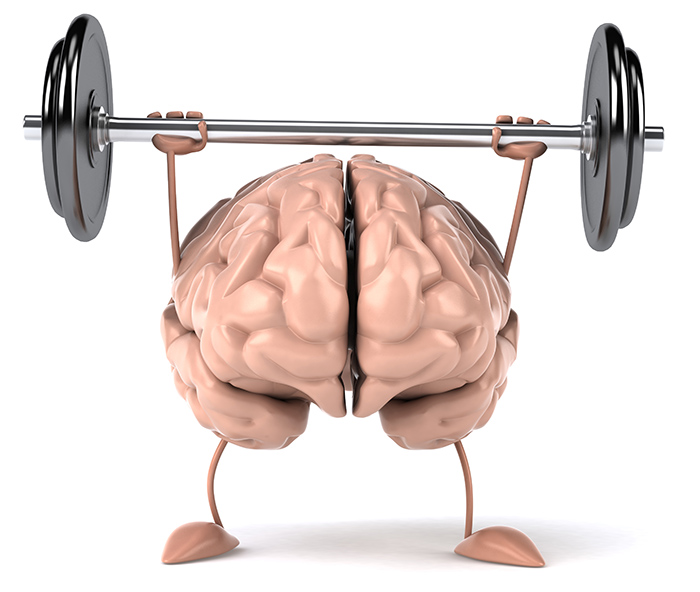 The Importance of Physical Fitness Essay: Health and Mind Benefits
The Importance of Physical Fitness Essay: Health and Mind Benefits  A Practical Guide to Achieving Fitness Goals Through Sustainable Habits
A Practical Guide to Achieving Fitness Goals Through Sustainable Habits 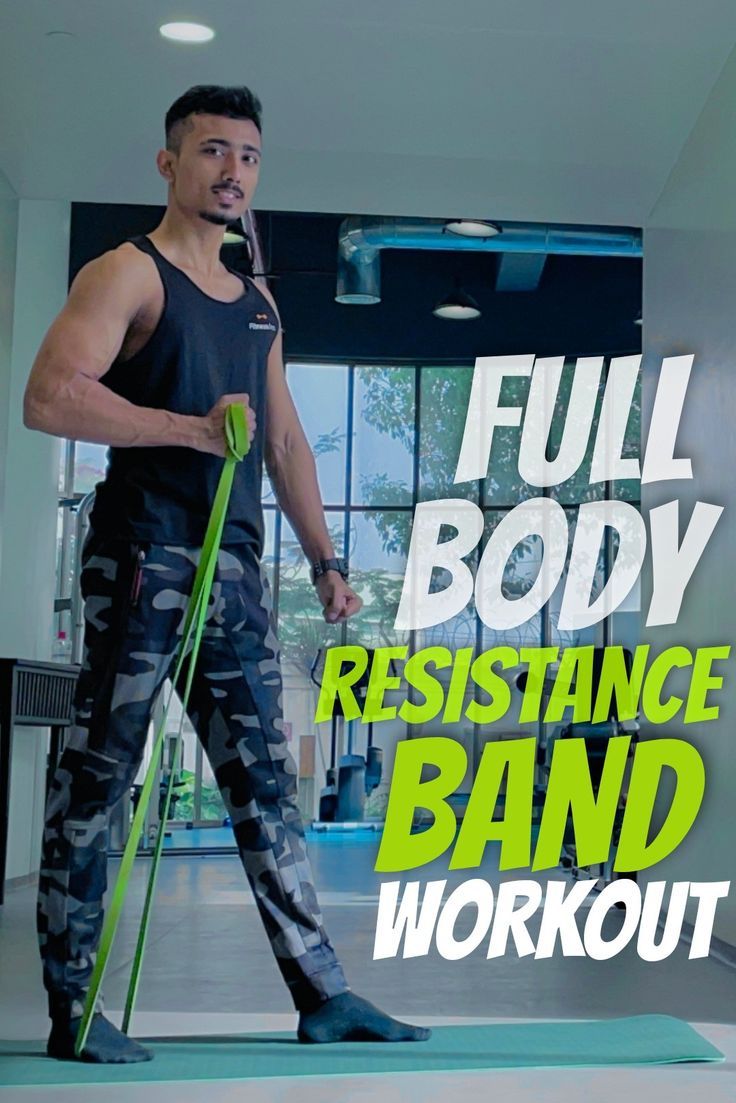 Resistance Band Workout Guide for Strength, Flexibility, and Home Fitness
Resistance Band Workout Guide for Strength, Flexibility, and Home Fitness 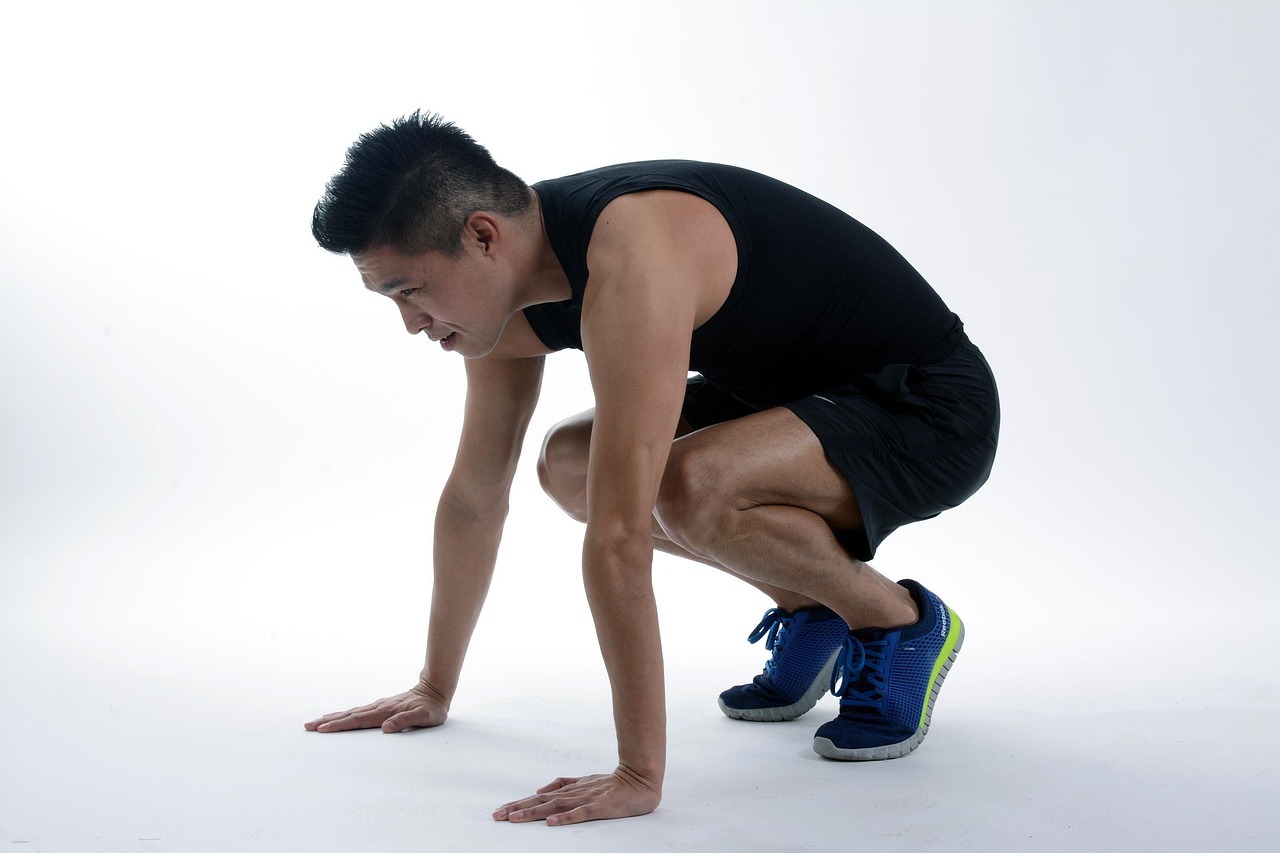 Exercise Positions: The Complete Guide to Boost Strength, Flexibility, and
Exercise Positions: The Complete Guide to Boost Strength, Flexibility, and  Europe Airports Prepare for Busiest Ever Christmas Travel Season
Europe Airports Prepare for Busiest Ever Christmas Travel Season  Early Christmas Travel Threatened by Series of Storms in the
Early Christmas Travel Threatened by Series of Storms in the  Fashion as a Reflection of Social Movements.
Fashion as a Reflection of Social Movements.  Guess Showcases Ski Collection with High Altitude Fashion Show
Guess Showcases Ski Collection with High Altitude Fashion Show  2024: A Year of Dynamic Fashion Trends
2024: A Year of Dynamic Fashion Trends 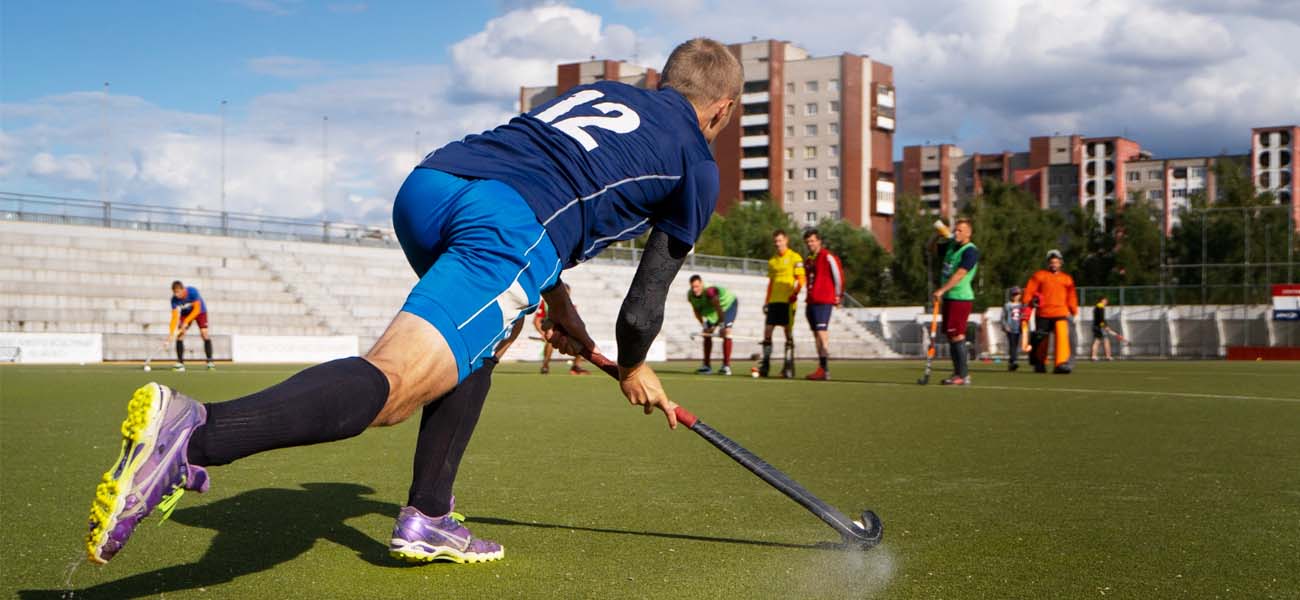 European Court of Justice Scrutinizes FIFA and UEFA for Antitrust
European Court of Justice Scrutinizes FIFA and UEFA for Antitrust  Concerns and Controversies at the 2024 Summer Olympics.
Concerns and Controversies at the 2024 Summer Olympics.  Michael Smith’s Iconic Nine Dart Finish Stuns Sports World
Michael Smith’s Iconic Nine Dart Finish Stuns Sports World 

